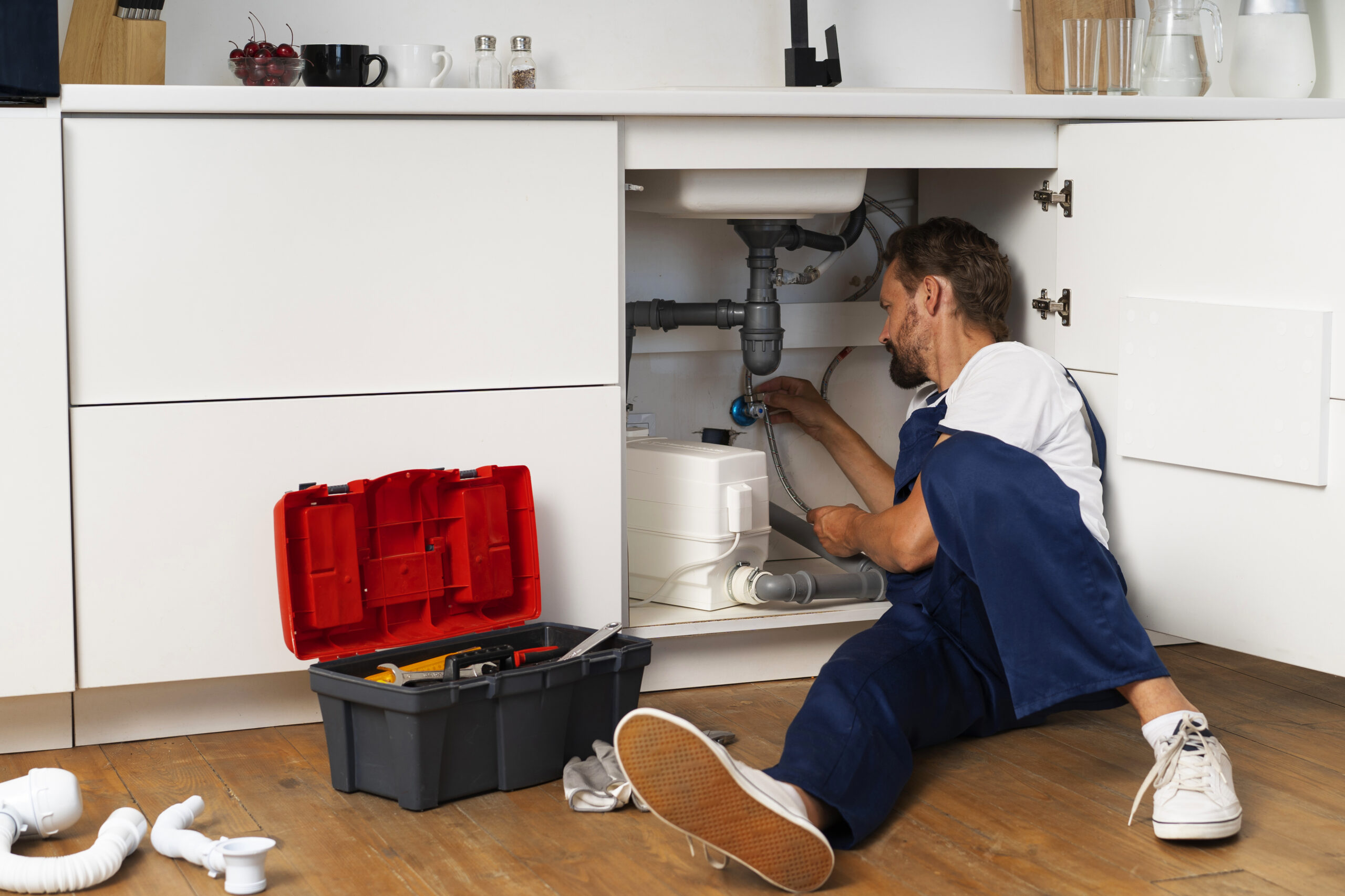Tripped Circuit Breaker:
A tripped circuit breaker is one of the most common culprits when an electric hot water tank fails to heat water.
This safety feature is designed to shut off power to the tank in the event of an electrical overload or short circuit.
Solution: Locate the circuit breaker panel in your home and check if the breaker that controls the hot water tank has tripped.
If it has, reset the breaker by flipping it to the “off” position and then back to the “on” position. If the breaker trips repeatedly, it may indicate an underlying electrical problem that requires professional attention.
Faulty Thermostat:
The thermostat in an electric hot water tank regulates the temperature of the water by signaling the heating elements to turn on or off. A malfunctioning thermostat can prevent the heating elements from operating correctly, leading to insufficiently heated water or no hot water at all.
Solution: Check the thermostat settings to ensure they are correctly adjusted. If the thermostat appears to be functioning but the water remains cold, it may need to be replaced. Contact a licensed electrician or plumber to diagnose the issue accurately and replace the faulty thermostat if necessary.
Burned-Out Heating Element:
Electric hot water tanks rely on heating elements to heat the water inside the tank. Over time
, these heating elements can degrade or burn out, resulting in a loss of heating capacity.
Solution: A plumber or electrician can test the heating elements using a multimeter to determine if they are functioning correctly. If a heating element is faulty, it will need to be replaced. It’s essential to hire a qualified professional for this task, as working with electrical components can be hazardous.


